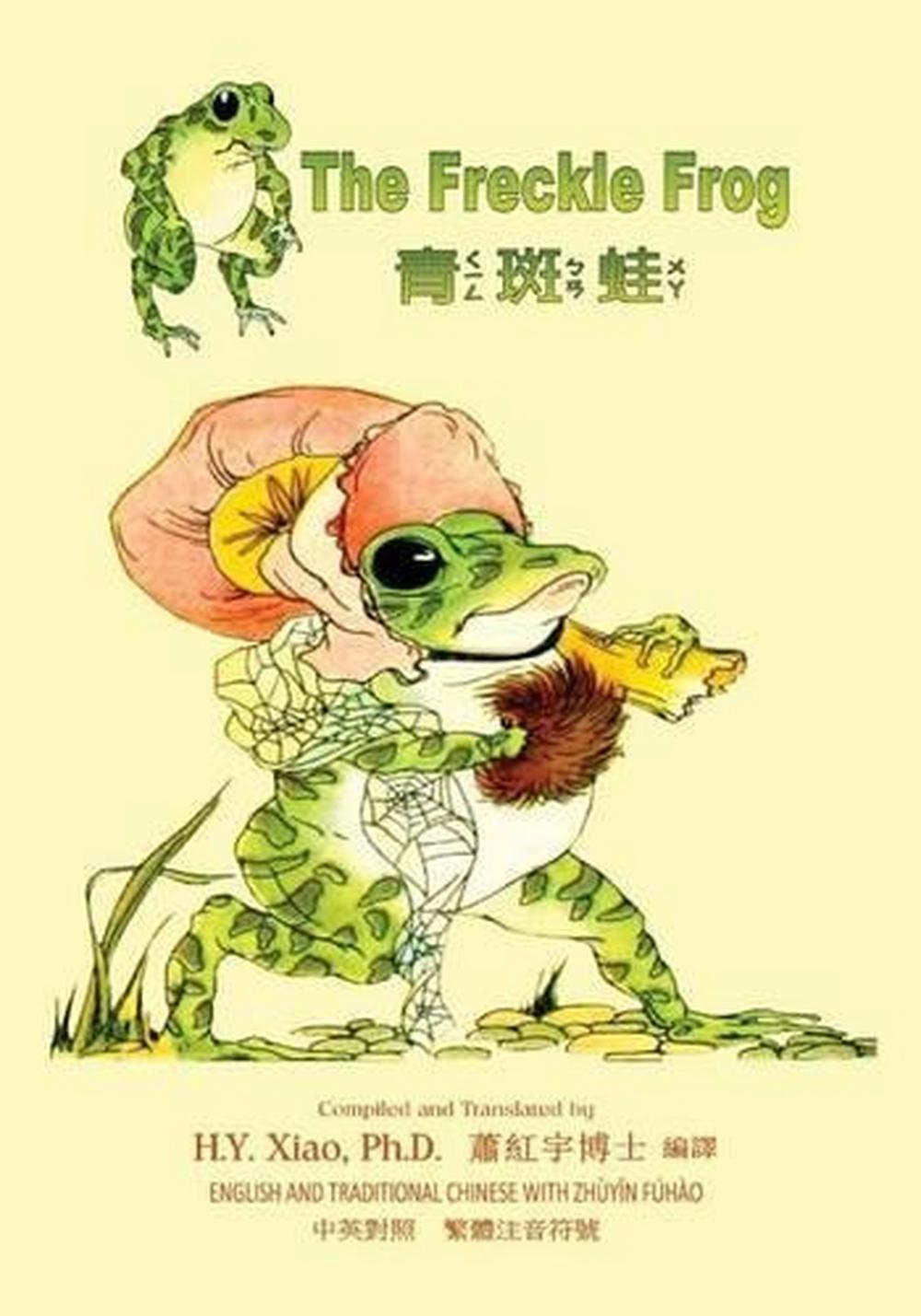

However, the Chinese Communist Party, including Mao Zedong himself, wanted to ban writing Chinese characters altogether and replace them with the Latin alphabet. HistoryĪfter the overthrow of China's last emperor during the Xinhai Revolution in 1911, the new government in China created Zhuyin to help the common people read more easily. They are encoded in Unicode in the bopomofo block, in the range U+3105. The zhuyin characters are represented in typographic fonts as if drawn with an ink brush (as in Regular Script). It is the minimal vowel of ㄓ, ㄔ, ㄕ, ㄖ, ㄗ, ㄘ, ㄙ that is spelled "ih" in Tongyong Pinyin and Wade-Giles and "i" in pinyin. ( and inverted ㄓ) Perhaps 市, in addition to ㄓ. Compare the Warring States bamboo form.įrom 乁 yí, an obsolete character meaning 移, yí, "to move".įrom the obsolete character ㄢ, hàn, "to bloom", preserved as a phonetic in the compound 犯, fànįrom 儿, the bottom portion of 兒, ér used as a cursive form Compare semi-cursive form and seal-script.įrom the old character 厶, sī, which was later replaced by its compound 私, sī.įrom the ancient character 凵, qū, which remains as a radicalįrom the obsolete character 𠀀 hē, inhalation, the reverse of 丂 考, kǎo, which is preserved as a phonetic in the compound 可, kě.ĭerived from its allophone in Standard Mandarin, ㄛ, oįrom 也, yě.

Compare the bamboo form.įrom the upside-down 子 seen at the top of 充įrom the obsolete character 巜, guì/ kuài, 'river'įrom the archaic character ㄑ, quǎn, graphic root of the character 巛, chuān (modern 川)įrom the radical 卩 节, jié, dialectically zié Origin of zhuyin symbols Zhuyinįrom 冂, the archaic form of the radical 冖, mìįrom the archaic form of 刀, dāo. For Chinese speakers who were first introduced to the Zhuyin system, "bopomofo" means zhuyin fuhao. As a result, the four syllables together have been used to refer to many different phonetic systems. In Chinese, "bo", "po", "mo" and "fo" are the first four of the conventional ordering of available syllables. Zhuyin Fuhao, often shortened as zhuyin and commonly called bopomofo, is a type of sound-based writing for the Chinese language.


 0 kommentar(er)
0 kommentar(er)
